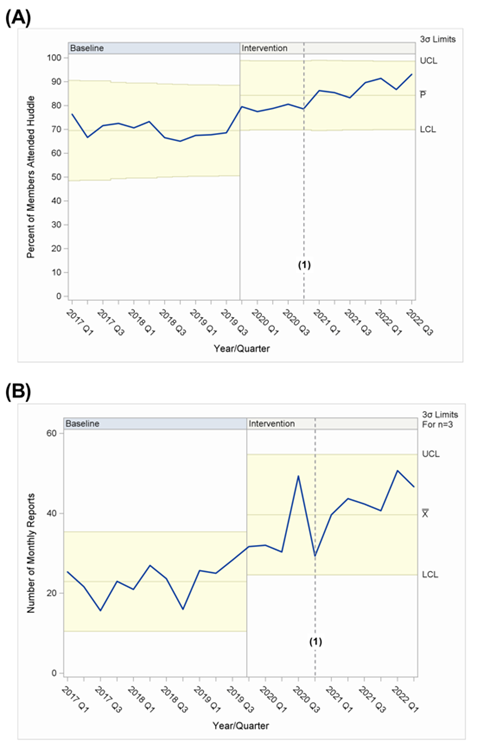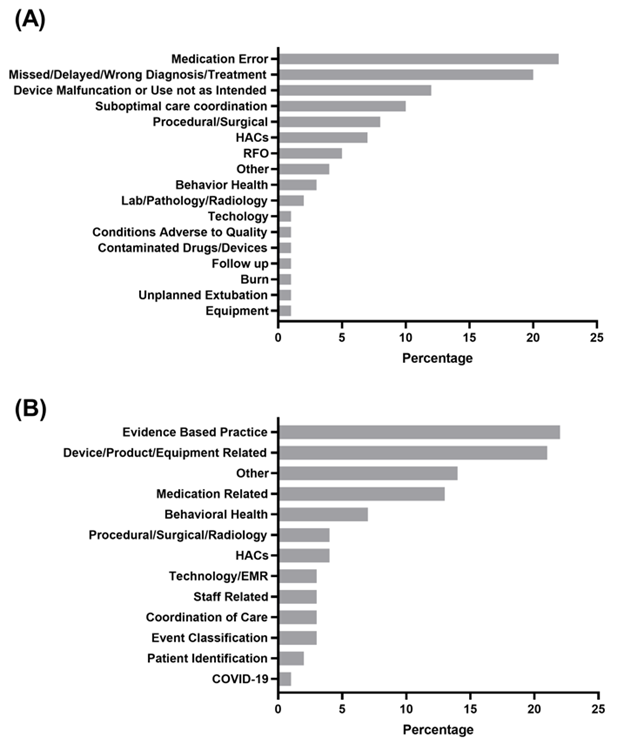Quality Improvement/Patient Safety: All Areas
QI 4: Inpatient QI/Patient Safety
228 - Improving Huddle Participation in a Learning Collaborative Among Member Hospitals of the Child Health Patient Safety Organization
Publication Number: 228.45
- SG
Sandip A. Godambe, MD, PhD (he/him/his)
Professor and CMO
CHOC Children's Hospital of Orange County
Orange, California, United States - AD
Anne Dykes, RN, MSN
Texas Children's Hospital
Houston, Texas, United States
Presenting Author(s)
Co-Author(s)
Background:
High-Reliability Organizations have a “culture that strives to achieve error-free performance and safety...all while operating in complex, high-risk or hazardous environments.” This aligns with the mission of the Child Health Patient Safety Organization (CHILDPSO), the mission of which is to improve the safety and quality of child health care by creating a secure environment where clinicians and healthcare organizations can collect, aggregate, and analyze data that will enable the identification and reduction of risks and hazards associated with patient care. One learning method used by CHILDPSO is weekly safety huddles. Huddles are one of the most successful tools for improving the reliability of healthcare delivery and fostering the five principles of a high-reliability organization.
Objective:
To describe the trends of a nationwide multi-center safety huddle report that provides a mechanism for early notification of events and a way to request help from other CHILDPSO participants.
Design/Methods:
This is a retrospective cohort study of safety discussions from 60 tertiary and quaternary care children’s hospitals participating in the CHILDPSO from January 1, 2017 to September 30, 2022. The goal was to achieve at least 80% member participation on weekly huddle calls. In Q4 2020, a “huddle intervention” was implemented to increase participation. The intervention included communication where participant expectations, a huddle guidance tool and best practices were shared and discussed. Statistical Process Control charts were used to determine the effectiveness of the intervention. We also describe the frequency of huddle reports grouped by “For Your Information” (FYI) and “Asks for help” by topic.
Results:
From 2017-2019, the average member participation on weekly huddle calls was 69.5% with no appreciable change. After the “huddle intervention,” there was a significant improvement in attendance to 84.3%, exceeding the goal of 80% (p < 0.001). Similarly, the number of monthly reports increased from a mean of 22.9 to 39.7 (p < 0.001) [Fig 1]. The most common topic of FYI huddle reports was medication errors (22%), and evidence-based practice (22%) was the most common “Ask for Help” [Fig 2].
Conclusion(s):
Weekly huddles provide situational awareness on device and medication-related events, outbreak trends, various process failures, unanticipated communication breakdowns and daily safety challenges in complex healthcare systems. The CHILDPSO successfully improved participation in huddle calls through the “huddle intervention,” practices that other organizations might adopt to improve their huddles.

